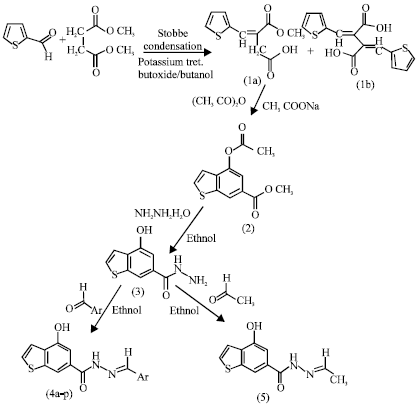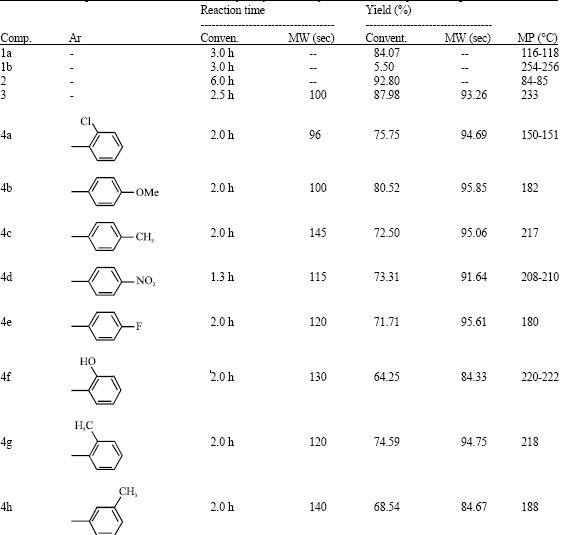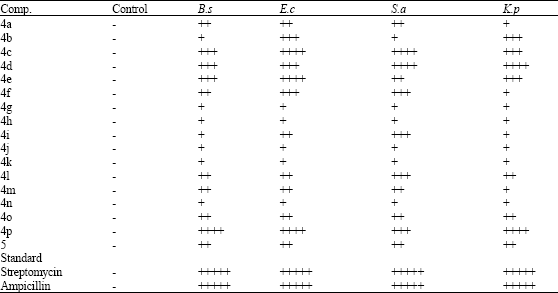Research Article
Synthesis and Pharmacological Study of Some Novel Schiff Bases of 4-Hydroxy 6-Carboxhydrazino Benzothiophene Analogs
Department of Pharmaceutical Chemistry, Al-Ameen College of Pharmacy, Hosur Road, Opp. Lalbagh Main Gate, Bangalore-560 027, India
Gopal Krishna Rao
Department of Pharmaceutical Chemistry, Al-Ameen College of Pharmacy, Hosur Road, Opp. Lalbagh Main Gate, Bangalore-560 027, India
P.N. Sanjay Pai
Department of Quality Assurance, Al-Ameen College of Pharmacy, Hosur Road, Opp. Lalbagh Main Gate, Bangalore-560 027, India














